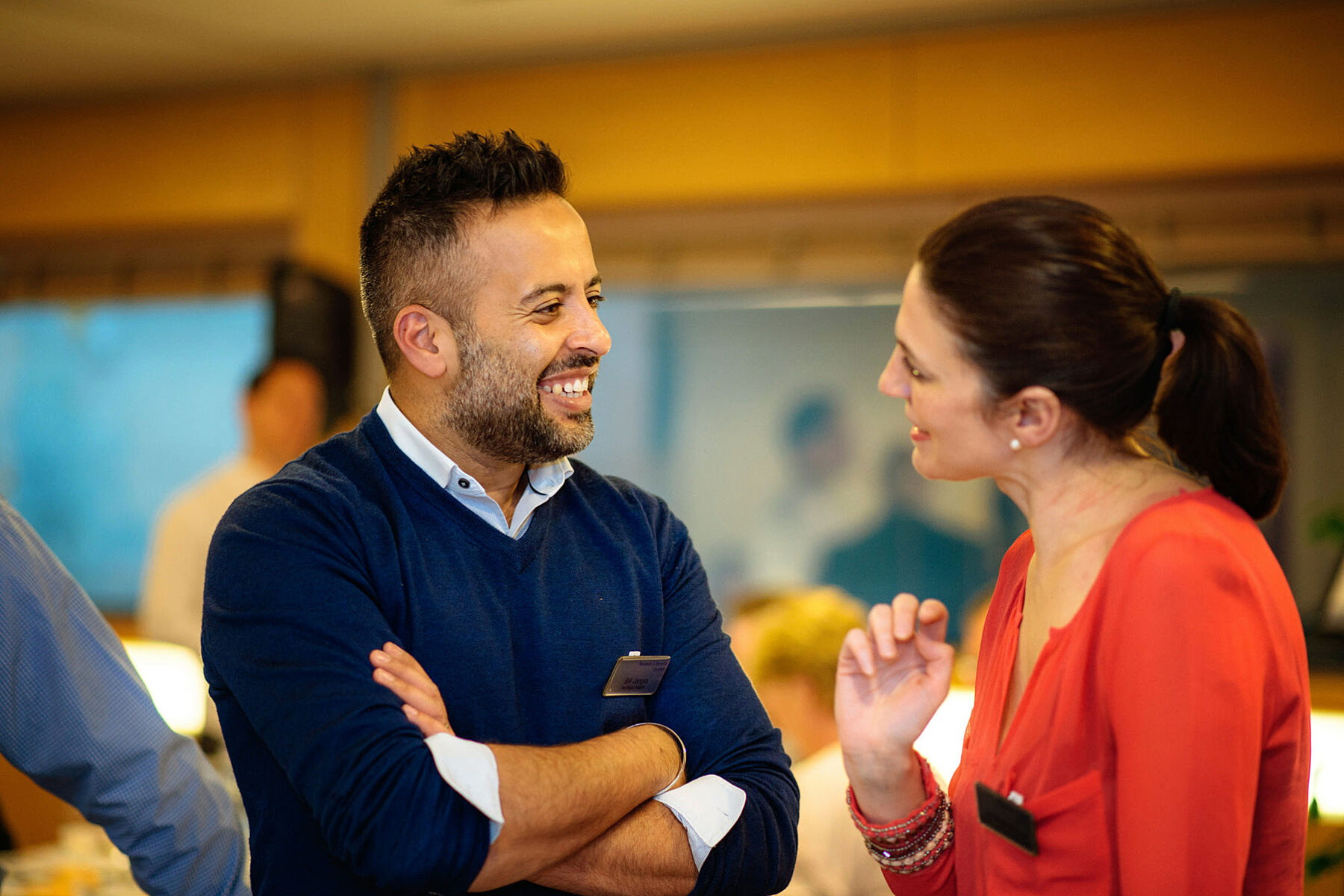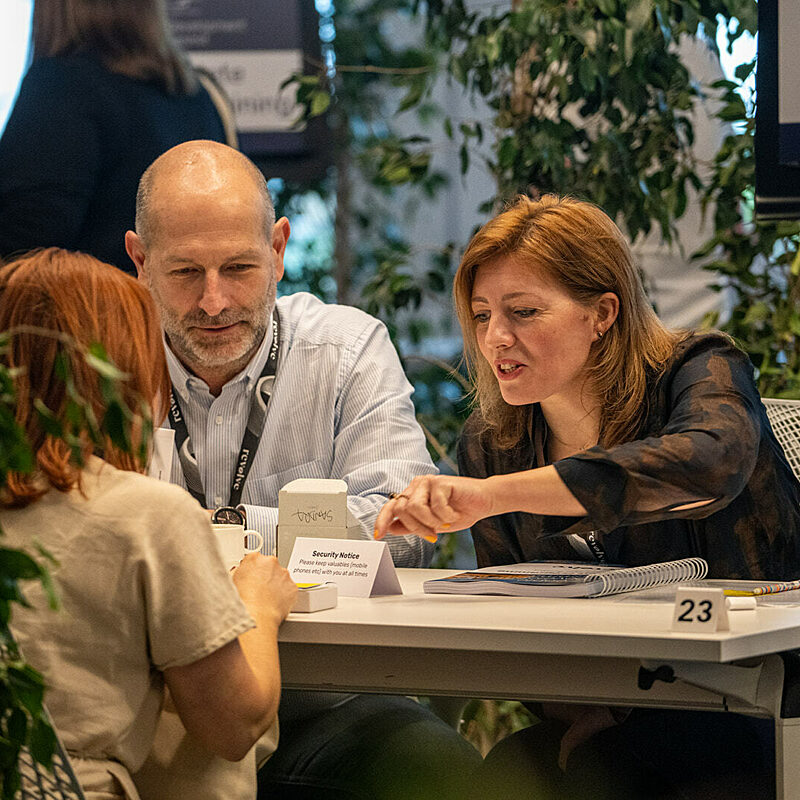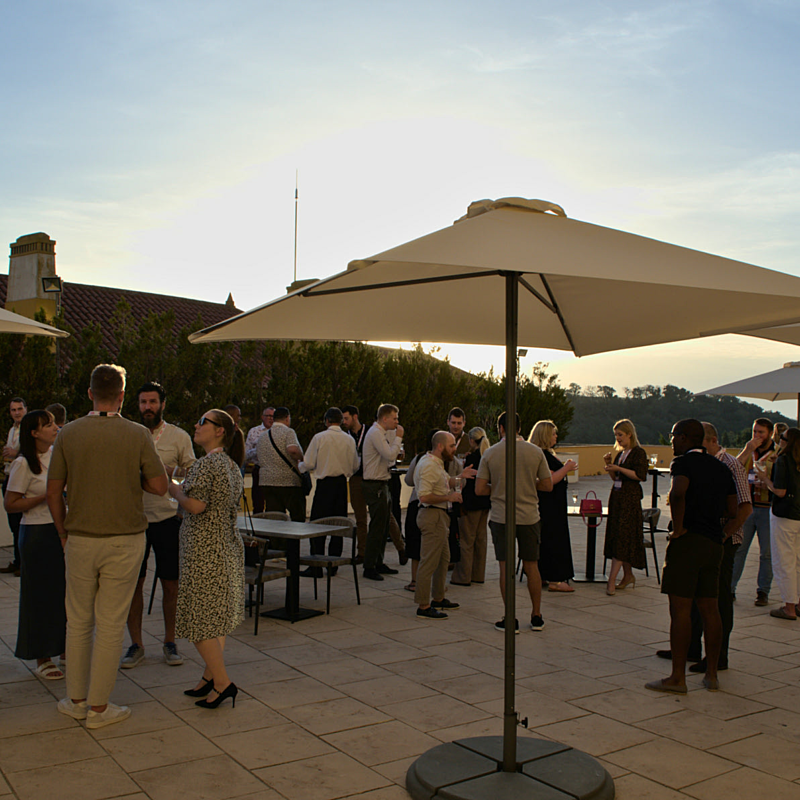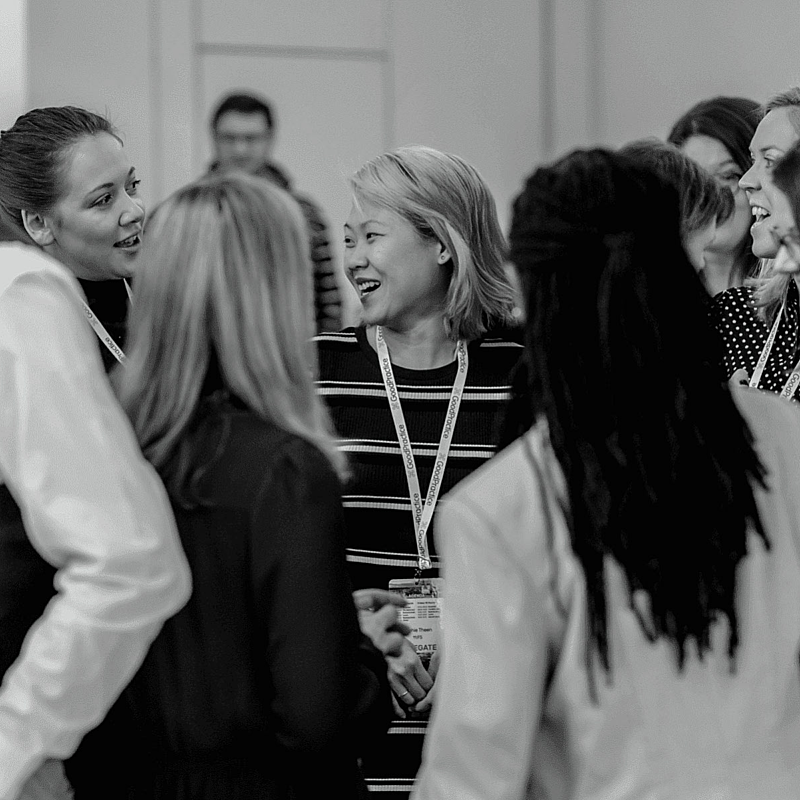
Summit Events

About Summit Events
Summit Events Ltd have been running high-quality B2B networking events for the UK and international markets for over 30 years.
Across a range of business sectors, our aim is always to provide a personalised service for our clients and attendees and ensure that they get maximum value from our events. We are frequently recommended for the quality of our organisation, and our tailored, friendly service. Please feel free to get in touch with any questions about our events.
Our upcoming events include:

More about our HR Summits
For more on our skincare conferences - visit the skincare conferences homepage
A Summit is a meeting of people with a common interest and a desire to share knowledge and ideas. The events attract experienced professionals who seek the best approach to delivering business success, and who are interested in meeting like-minded peers to discuss how to achieve their goals.
In 1994, the first HR Summit was held for a UK audience. 2023 marked the 30th anniversary of the event, a sure sign of the success and effectiveness of the Summit format! The People Development Summit and Rewards, Benefits & Wellbeing Summit also run annually.
HR Basecamp was held for the first time in 2021, a one-day event dedicated to the development of the next generation of HR leaders.

Benefits of the Summit HR Community
In addition to the benefits that come with attending our Summits, as part of our community you will gain all-year access to:
Exclusive offers from solution providers
Rolling programme of content throughout the year covering relevant HR happenings, solutions and insights
Easily accessible peer-to-peer networking opportunities
Readily available network to discuss and discover new business solutions - the Summit team is on hand to make introductions at any time